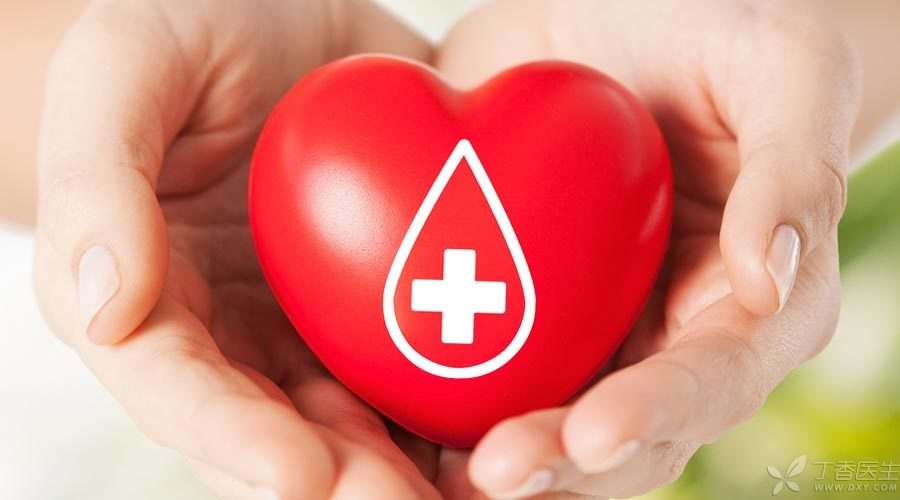
The following nine questions about blood transfusion are often asked by readers backstage. Here, Dr. Clove answers them one by one.
1. Need blood transfusion (blood preparation) in what?
In short, blood transfusion is needed when the body is ischemic.
Such as trauma, acute massive blood loss caused by vascular rupture, or anemia, blood transfusion is needed to improve hemoglobin and erythrocyte deficiency.
In addition, the original blood [quality] in the body is not good, and blood transfusion is also needed to support treatment.
For example, hemolysis of newborns requires exchange of blood to remove excess bilirubin, antibodies and other components. Through transfusion of platelets, plasma, etc., supplement platelets, coagulation factors and other components.
If the doctor predicts that there may be massive hemorrhage during the operation, he will require the preparation of the corresponding blood type and quantity of red blood cells before the operation, just in case.
2. Why does the doctor let blood component be transfused instead of whole blood?
Whole blood refers to the collection of blood into a blood bag containing blood preservation liquid without any other processing. Blood component refers to blood products made by separating different components in blood through centrifugation and other methods after collection of whole blood.
Many people ask, isn’t whole blood closer to blood composition? Why not give the whole blood?
In fact, with the change of the concept of blood transfusion, the whole blood transfusion has become less and less. At present, only in the case of acute massive hemorrhage, heart surgery, exchange of blood, etc. will the whole blood be considered. Moreover, in these cases, it will also combine crystal liquid, albumin supplement and other means at the same time, less single use of whole blood.
Modern blood transfusion therapy has generally entered the stage of using component blood transfusion, and whole blood is basically not used. The proportion of component blood transfusion is an important symbol of the modernization of blood transfusion therapy.
At present, the proportion of blood component transfusion in the world has reached more than 90%, and the proportion of whole blood transfusion is less than 10%. Component blood transfusion has also been widely used in China, and the rate of component blood transfusion in Shanghai has reached more than 97%.
Transfusion of blood component has the following benefits:
(1) Improve the therapeutic effect
Lack of what transfusion of what, anemia transfusion of red blood cells, thrombocytopenia transfusion of concentrated platelets, burn patients transfusion of plasma, etc.
(2) Reduce the adverse reaction of blood transfusion and improve the safety of blood transfusion
Additional input of blood components in whole blood that patients do not need is not only a waste, but also may increase the probability of adverse reactions to blood transfusion.
(3) Convenient for storage and use
Different blood components can be preserved in different ways. Frozen plasma can be preserved for one year and platelets can be preserved for 3-5 days in a 22 ℃ oscillation box. The preservation of components is more scientific and reasonable.
(4) Multi-use of one blood to save blood source
Blood is a precious resource. Dividing a bag of blood into various components can be used for various purposes to treat multiple patients. For example, 10,000 treatment units of whole blood can have a treatment volume of 20,000 to 30,000 units after being made into blood component.
(5) Reduce transfusion infectious diseases
Some pathogenic factors in blood can be hidden in white blood cells, cryoprecipitate and coagulation factors. Most blood transfusion patients do not need these components. Transfusion of blood component can further reduce the risk of infection.
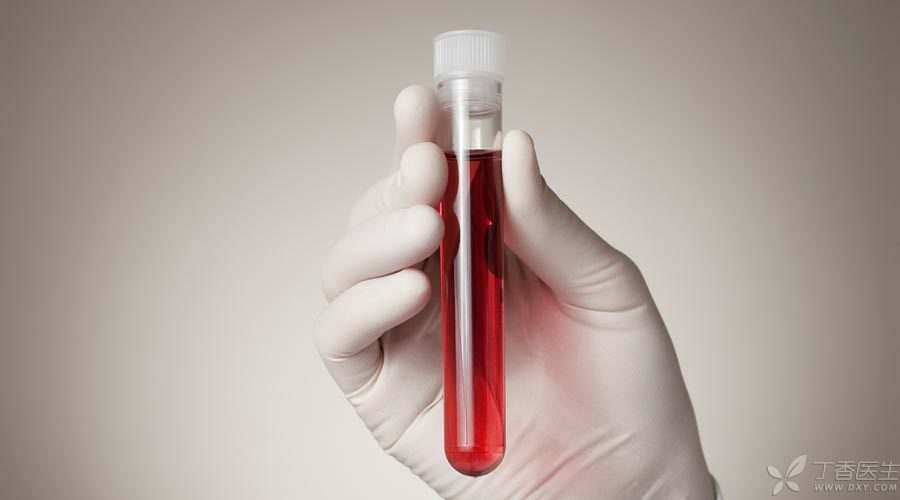
3. Why don’t you try not to lose fresh blood?
(1) Various components in fresh blood have strong antigenicity, which is easy to cause blood transfusion reaction compared with blood stored for a period of time.
(2) Fresh blood contains active lymphocytes, which will increase the risk of graft versus host disease.
(3) Treponema pallidum can survive for 3 days at 4 ℃ in vitro, so the blood within 3 days is still possible to infect syphilis, and the blood stored for more than 3 days is safe instead.
(4) For a single blood component such as platelets and granulocytes, it becomes [fresh blood] within 12 hours, but the platelets and granulocytes contained in such blood are impure and not thick, which cannot achieve the therapeutic effect.
Therefore, transfusion of new blood does little harm and does not advocate transfusion.
4. Is what an autologous blood transfusion?
Autologous blood transfusion is to store one’s own blood and then input it into the body when surgery or need it. Generally speaking, people with autologous blood transfusion require no anemia and normal hematopoietic function before blood collection.
The benefits of self-transfusion include:
- Reduce the probability of transfusion-related infectious diseases and immune transfusion adverse reactions; Avoid the error accident of transfusion of allogeneic blood; Appropriate amount of autologous blood collection for many times can stimulate blood regeneration to a certain extent and accelerate hematopoiesis of postoperative patients. Relieve blood strain.
For people in rare blood group such as Rh negative blood, autologous blood transfusion is a method worth trying. In fact, clinically, many mothers of panda blood are also advised by doctors to prepare autologous blood before delivery or caesarean section.
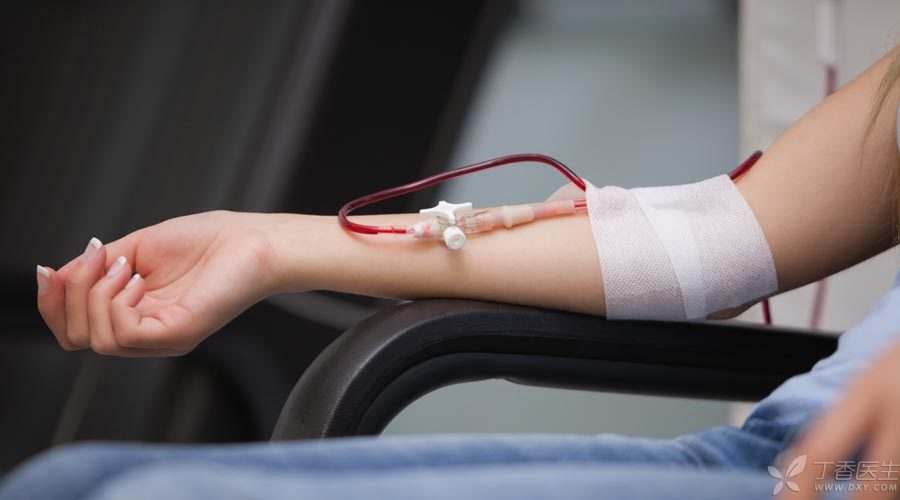
5. Is Type O Whole Blood Universal Blood?
In principle, blood should be transfused with ABO type, and Rh-negative patients should be transfused with Rh-negative whole blood or red blood cells. Unless there is a shortage of ABO type blood in a very urgent situation (mostly in the battlefield), appropriate amount of type O red blood cell transfusion can be selected.
The reason for the same type of blood transfusion is to prevent the antibody in the blood of the recipient from reacting with the antigen on the transfused blood cells and destroying red blood cells.
Although there are no A antigen and B antigen on type O red blood cells, there are a large number of anti-A and anti-B antibodies in the plasma of type O whole blood, which can lead to the destruction of red blood cells of non-type O patients and cause hemolysis. Therefore, type O whole blood cannot be simply turned into universal blood, nor can type O blood be blindly transfused to patients with different blood types in large quantities.
6. Does blood transfusion have what risks?
After blood transfusion, a certain proportion of blood recipients will have adverse reactions to blood transfusion or infection with infectious diseases.
Adverse reactions refer to new symptoms or signs that cannot be explained by the original diseases of the recipient during or after blood transfusion. Such as allergy, fever, hemolysis, heart failure, etc.
In addition, blood contaminated with pathogens will cause corresponding diseases when injected into the human body.
In recent years, the control of blood transfusion infectious diseases has been strengthened. However, due to the limitation of the current level of science and technology, early infectious diseases have virus infection [window period], which is difficult to detect, and a very small number of blood recipients will face the risk of infectious diseases.
However, in case of emergency, failure to transfuse blood due to fear of less probability of adverse reactions of blood transfusion will cause greater danger at present. Therefore, before blood transfusion, doctors have the responsibility to inform patients in detail of the risks of blood transfusion and non-blood transfusion.
7. Is blood transfusion between relatives safe?
Some people think that it is safest for patients to transfuse blood from relatives, but this is not the case.
To some extent, the probability of graft versus host disease (GVHD) after blood transfusion between relatives (such as parents and children) is much higher than that between non-relatives, and this complication is usually fatal.
When the HLA haplotypes of the blood of the blood donor and the blood recipient are the same, the immune function of the blood recipient is defective or inhibited due to diseases and other reasons, and there is no response against the blood donor. After blood transfusion, the blood of the blood donor is mistaken for its own blood and will not be rejected.
However, when the donor’s blood enters the recipient’s body, the recipient’s blood lymph node cells are identified as non-self lymphocytes and rejected, thus leading to fatal GVHD. Therefore, the blood transfusion therapy of patients should avoid using the blood of relatives and donors instead.
8. What if the baby pregnant by the panda blood mother has hemolysis?
If there is a high content of Rh antibody in the mother panda blood, it may enter the fetus, attack the red blood cells of the child and cause hemolysis of the baby. Hemolytic disease of the newborn can be manifested as edema, jaundice, anemia, hepatosplenomegaly, etc.
If the baby is still in the mother’s stomach, the doctor will treat it by giving the mother a large dose of intravenous gamma globulin, replacing plasma or giving the baby intrauterine blood transfusion. If necessary, cesarean section will be performed in advance.
If the baby is already born, it needs light treatment and adjuvant drugs according to the situation. However, when the baby’s symptoms are serious, blood transfusion is required.
Sometimes, when a type O mother is pregnant with a non-type O baby, hemolysis of the newborn may also occur, but usually, the hemolysis symptoms are milder than those of Rh blood group incompatibility.
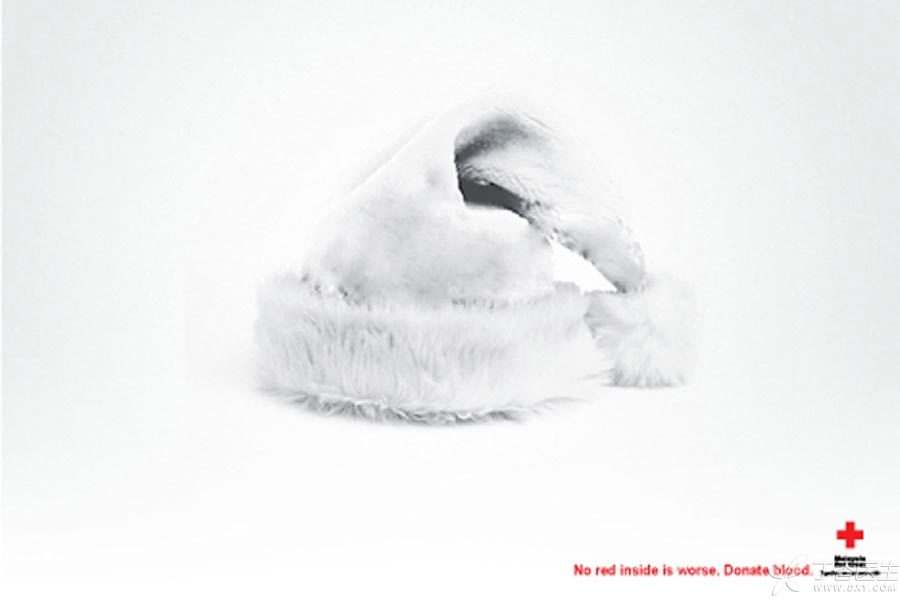
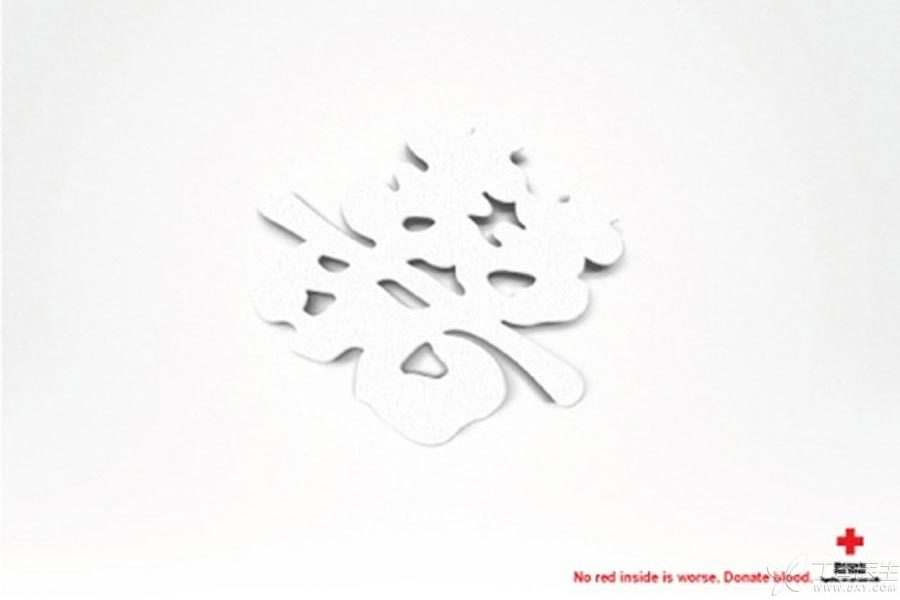
9. Blood transfusion is required. Is the procedure for applying for blood what?
When the doctor judges that the patient needs blood transfusion, he will submit an application to the blood transfusion department of our hospital, explaining the patient’s condition and blood demand. Then the blood transfusion department will apply to the local blood center for blood preparation. The process varies slightly from place to place, but it is roughly the same.
When the blood stock is tight, the blood center will encourage families to help each other donate blood-that is, relatives and friends are encouraged to donate blood regardless of whether the blood type is the same or not. After donating blood, they can take blood donation card to the hospital where they are located and replace the designated patients with the same amount of blood they need.
It should be noted that if the patient is a rare blood group, such as Rh negative blood, and the blood center’s stock of this blood is very tight or not available at all, volunteers of the same blood type are required to donate blood to solve the problem.
Because of the scarcity, Rh negative blood is often lacking, which requires panda blood friends to help each other. This is also the original intention of Dr. Clove’s panda blood WeChat public number.
If it is confirmed that the blood in the local blood center is not enough, we can leave a message on the panda blood public number platform (micro signal: Rhyinxingxue). After screening and verification, we will help release the message so that more panda blood partners can see that someone needs help and gather more strength.
